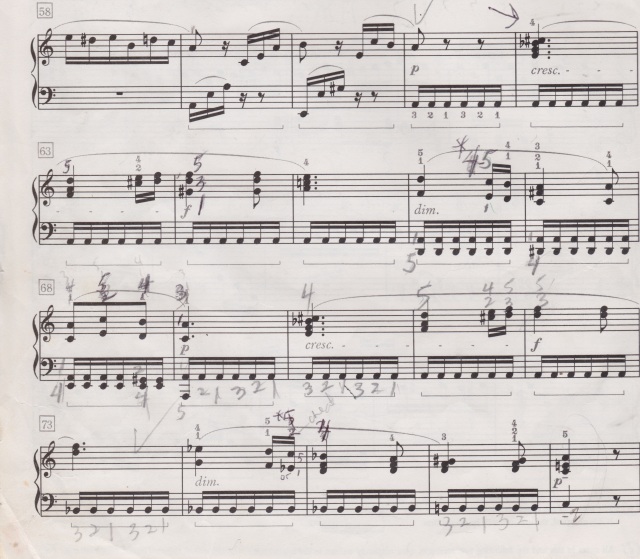Pianists have increasingly come to understand that collaborative piano is not an escape for a failed solo pianist but is an exciting, rewarding field open to wonderful musicians who love making music and exchanging ideas with others. It’s also the career path with perhaps the largest number of opportunities for pianists. After all, we are the most indispensable of musicians—whether vocalist or instrumentalist, no one can do without us! (I sometimes joke that we could rename the “collaborative pianist” the “indispensable pianist”.)There's also some interesting info on Samuel Sanders and the origin of the term "collaborative piano". I agree with Pei-Shan on career opportunities - take a look here to get an idea of the career options that open up with a collaborative piano degree.
from The Collaborative Piano Blog
http://collaborativepiano.blogspot.com/2016/10/indispensable.html

